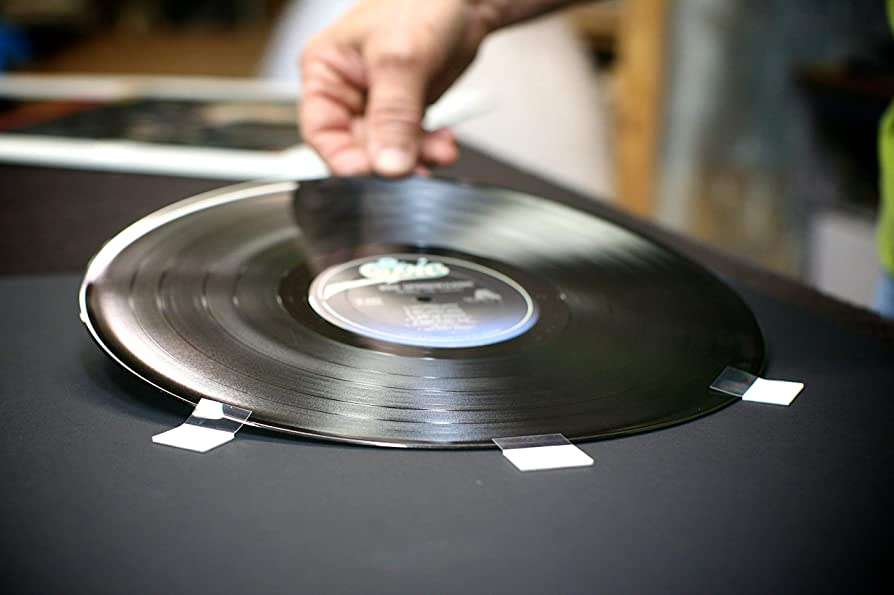
How many minutes can an LP record hold per side?
Compartir
How Many Minutes Can an LP Hold Per Side?
You might be wondering: how long does the music actually last on a vinyl LP? The answer: somewhere between 20 to 30 minutes per side. But it's not an exact science—it all depends on a few technical factors. The rotation speed of the record and the spacing between grooves both influence the final playtime.
What Affects the Duration of an LP?
Record Size
12-inch vintage LPs offer more surface area, which means more space for grooves and more minutes of music. On the other hand, 7-inch records—often used for singles—have limited space and shorter playtime.
Playback Speed
Speed is key. Most LPs spin at 33 1/3 RPM, while 7-inch singles usually run at 45 RPM. That difference directly impacts how long each side can play.
Groove Spacing
Between tracks and at the end of each side, there's always some blank space or extra grooves. These reduce how much music fits on a side.
Narrower Grooves
Sometimes engineers cut narrower grooves to squeeze in more music. While that boosts playtime, it may affect sound quality—and you’ll need a precise needle on your record player and vinyl stand to play them right.
The Comeback of Vinyl Records
Over the past few years, music vinyls have made a serious comeback. There's something special about the analog sound that digital can't quite match. From sliding the vinyl out of its sleeve to placing it on the turntable, the whole process feels like a ritual. Collecting vintage LPs has also become a nostalgic hobby, with people appreciating the artwork, the feel, and the full-body listening experience.
Vinyl Furniture and Storage
With this vinyl revival, there's been a spike in demand for retro vinyl record storage. From sleek racks to custom cabinets, vinyl furniture helps you keep your collection organized while adding a stylish vibe to your music space. A well-designed record player and vinyl stand can be both functional and visually stunning—perfect for showing off your best-selling vinyls.

What Is a Vinyl Record, Exactly?
A vinyl record is an analog sound storage format made of PVC. It has a spiral groove that holds the audio data. When you place it on the turntable and set the needle (stylus) in the groove, the vibrations are translated into electrical signals that become sound through speakers or headphones.
Types of Vinyl Records
12-Inch LP (Long Play)
The most common format. These vintage LPs hold about 20 minutes of music per side and usually spin at 33 1/3 RPM.
7-Inch Single
Ideal for one track per side, these are budget-friendly and widely used by radio stations. They spin at 45 RPM and are a staple in many music vinyls collections.
10-Inch EP (Extended Play)
Popular in the '30s and '40s, these hold short albums. Some play at 33 RPM (12 minutes per side), others at 45 RPM (around 8 minutes per side).
Picture Discs
Printed with graphics under a clear layer, these are collector's favorites. While visually striking, they may not always offer the highest sound quality.
Colored Vinyl
While standard vinyl is black, colored records are often used for special editions and artist releases.
Shaped Vinyl
Unique shapes like lips or ghosts make these pressings standout collector’s items. Think of the Rolling Stones' "She Was Hot" or Ray Parker Jr.'s “Ghostbusters” shaped like the movie logo.

A Brief History of Vinyl
Before vinyl, sound was recorded on zinc and glass cylinders in the 1800s. In the early 1900s, flat wax discs improved sound and cost. The true vinyl era began in 1948 when Columbia Records introduced the Long Play format. One year later, RCA Victor released the 7-inch single, popularizing the 45.
From Cassettes to Streaming
Cassettes took over in the '60s, letting fans carry music anywhere.
CDs ruled the '80s with durable, high-quality audio and easy track selection.
Digital formats boomed in the '90s, bringing MP3s and eventually streaming—making music instantly accessible.
The Vinyl Revival
Despite digital dominance, vinyl never disappeared. In the 2020s, fans rediscovered analog charm, and labels began reissuing classics and dropping new releases on vinyl. Eco-conscious innovations like biovinyl show that even sustainability is part of the modern vinyl experience.
What's Next for Vinyl?
With such a rich legacy and renewed appeal, vinyl isn’t going anywhere. Turntables are now more affordable, and there are music vinyls for every kind of listener. Whether you're just starting or already hunting for the most valuable vinyls, there's room to grow.
So go ahead—upgrade your setup with the best-selling vinyls, a smart record player and vinyl stand, and some sleek retro vinyl record storage. Because listening to vinyl isn’t just about the sound—it’s about the moment.


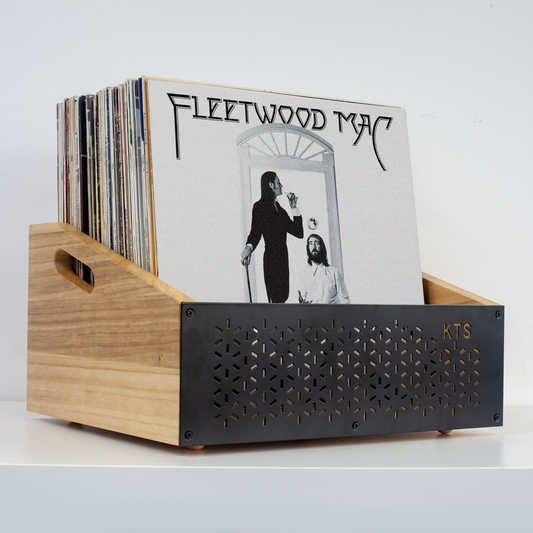
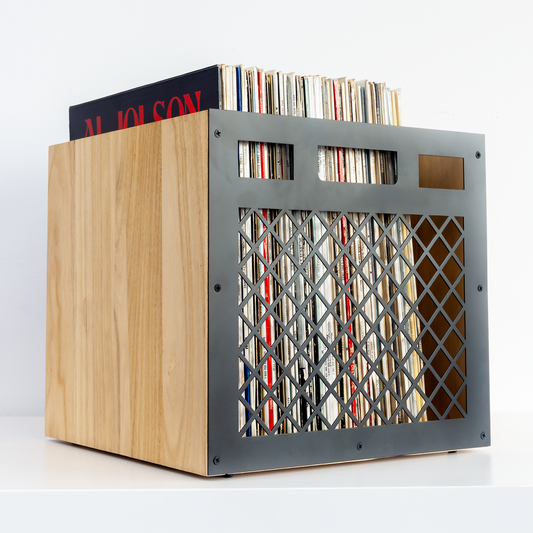
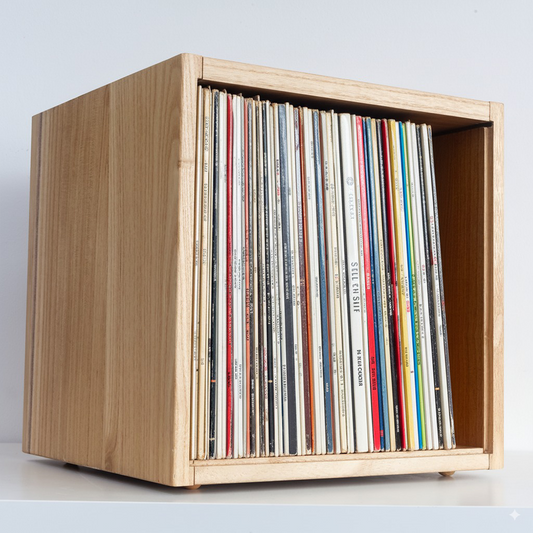
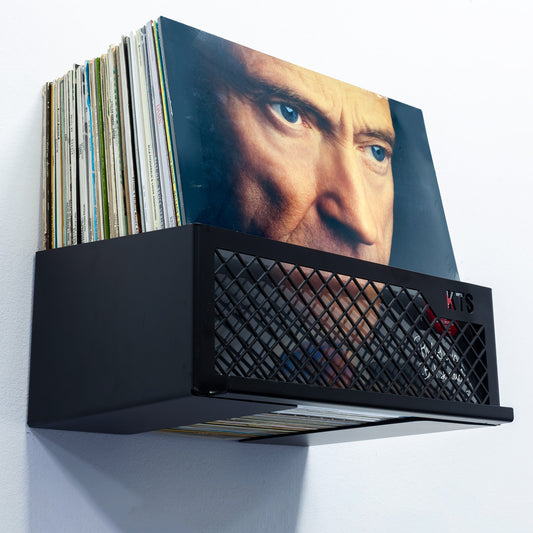
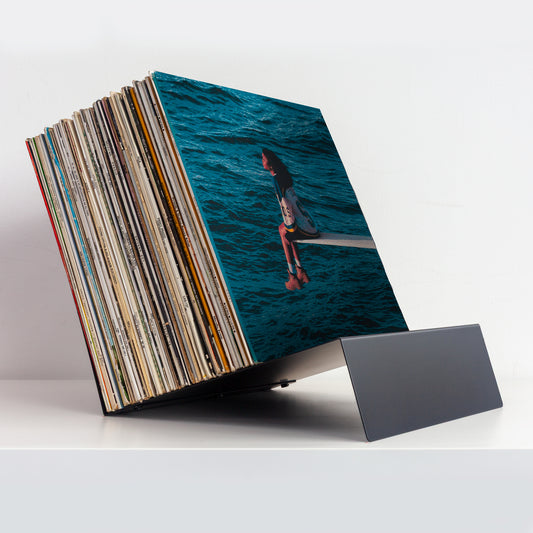
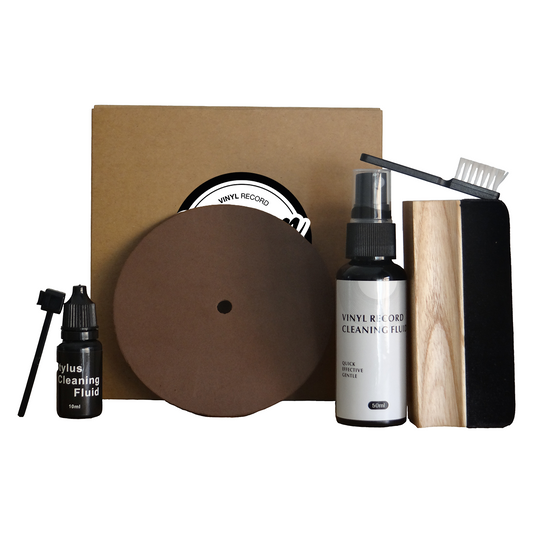
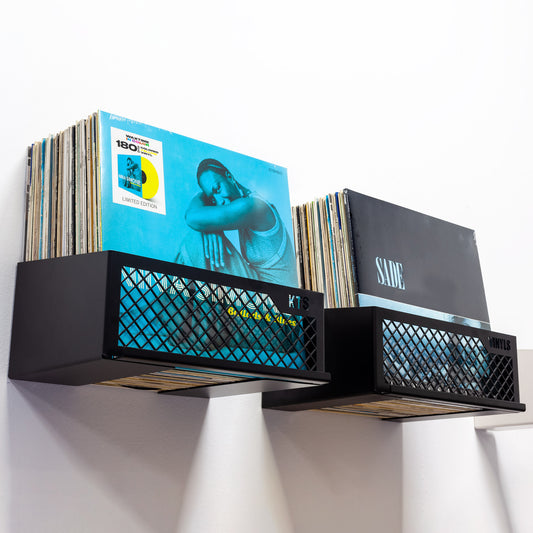
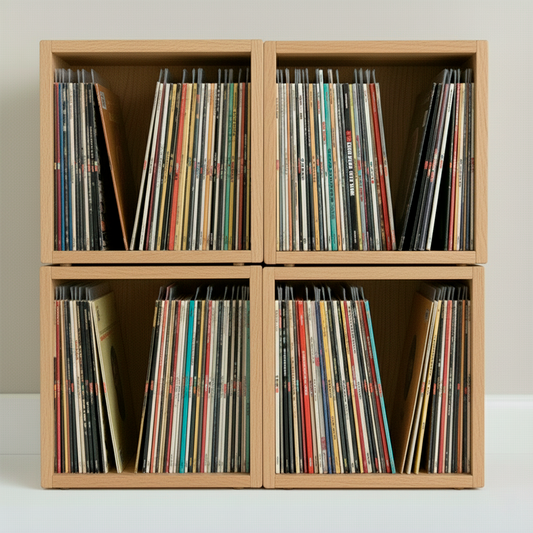
1 comment
Muchas gracias. ?Como puedo iniciar sesion?